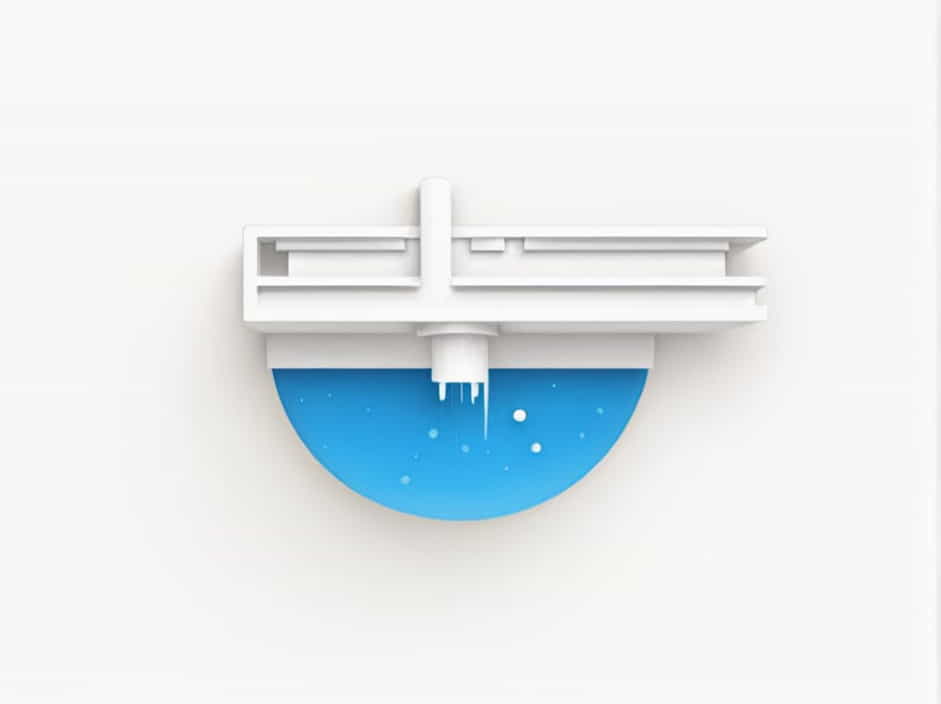Fallingwater is one of the most famous architectural masterpieces designed by Frank Lloyd Wright. Completed in 1937, this house is celebrated for its seamless integration with nature, as it is built directly over a waterfall. Located in Mill Run, Pennsylvania, Fallingwater is a symbol of organic architecture, where human-made structures harmonize with their natural surroundings.
This topic explores the design philosophy, structural features, history, and legacy of Fallingwater, making it clear why this architectural wonder continues to inspire architects and enthusiasts worldwide.
The Vision Behind Fallingwater
Frank Lloyd Wright’s Organic Architecture
Frank Lloyd Wright was a pioneer of organic architecture, a design philosophy that emphasizes the unity between a building and its environment. Fallingwater embodies this idea by blending into its wooded surroundings and incorporating the flowing water as a key design element.
Wright believed that architecture should be an extension of nature, rather than imposing itself upon it. Instead of placing the house next to the waterfall, he designed it on top of it, making the water a central feature of the home.
Commission and Inspiration
Fallingwater was commissioned by Edgar J. Kaufmann, a wealthy businessman from Pittsburgh. The Kaufmann family used the site as a retreat, and they wanted a house that embraced the natural beauty of the landscape.
Wright’s inspiration came from the rock formations, flowing water, and surrounding trees. He envisioned a structure that felt light and open, yet remained anchored to the rocky terrain.
Architectural Features of Fallingwater
1. Cantilevered Terraces
One of the most striking features of Fallingwater is its cantilevered design. The house extends outward over the waterfall without visible supports, creating a feeling of floating above nature. This was achieved using reinforced concrete slabs, which were a bold structural innovation at the time.
The cantilevers allow the house to have large open spaces without the need for columns or walls that would obstruct the view of the landscape.
2. Natural Materials
Wright insisted on using locally sourced materials to blend the house with its surroundings. The primary materials include:
- Sandstone from the site for walls
- Concrete for terraces and floors
- Glass for large windows that allow natural light
- Steel for structural reinforcement
These materials not only complement the natural environment but also give the house a warm and earthy aesthetic.
3. Connection with the Waterfall
Unlike traditional homes, where water features are added later as decorative elements, Fallingwater was designed around the waterfall itself. The house is positioned so that the sound of flowing water fills the interior spaces, creating a soothing and immersive experience.
A staircase from the living room leads directly down to the stream, allowing residents to physically interact with the waterfall. This design choice reinforces the idea that humans should live in harmony with nature.
4. Open Interior Spaces
Fallingwater’s interior follows an open-plan design, with interconnected spaces that flow naturally from one area to another. The use of floor-to-ceiling windows eliminates the boundary between indoors and outdoors, making the forest and waterfall feel like part of the home.
Instead of traditional walls, Wright used built-in furniture, such as shelves and seating areas, to define spaces while maintaining an open and fluid feel.
Engineering Challenges and Restoration
Structural Challenges
Despite its beauty, Fallingwater faced several engineering difficulties. The cantilevered terraces, which were designed to extend without traditional supports, experienced structural stress over time.
In the early 2000s, structural engineers conducted a major restoration project to reinforce the cantilevers using post-tensioned cables, ensuring the house’s stability for future generations.
Weather and Environmental Impact
Being built directly over water exposed Fallingwater to humidity, freezing temperatures, and erosion. Preservation efforts continue today to maintain the building’s integrity while respecting Wright’s original vision.
The Legacy of Fallingwater
A National Historic Landmark
In 1966, Fallingwater was designated a National Historic Landmark, recognizing its significance in American architecture. It is now maintained by the Western Pennsylvania Conservancy and is open to the public as a museum.
Influence on Modern Architecture
Fallingwater has influenced countless architects and designers who strive to create buildings that emphasize natural harmony, open spaces, and innovative structures. Many modern homes adopt Wright’s principles of:
- Blending architecture with nature
- Using natural materials
- Incorporating water features
- Designing open interiors
A Symbol of Timeless Design
Even after nearly a century, Fallingwater remains an icon of modern architecture. Its ability to capture the essence of nature while pushing the boundaries of design makes it a timeless masterpiece that continues to inspire new generations.
Fallingwater by Frank Lloyd Wright is more than just a house—it is a statement about the relationship between humans and nature. Through its bold design, innovative engineering, and organic integration with the environment, Fallingwater set a new standard for architectural excellence.
Whether you are an architect, designer, or simply an admirer of beautiful structures, Fallingwater serves as a reminder that great design should not only be visually stunning but also in harmony with its surroundings.
Powered by # ChatGPT Conversation
User: angga angga ([email protected])
Created: 10/3/2025, 12.52.40
Updated: 10/3/2025, 16.24.44
Exported: 13/3/2025, 15.59.28
